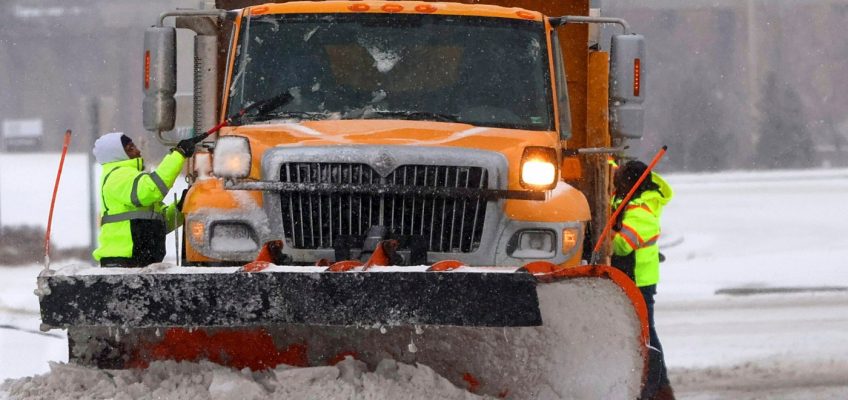By ERIC TUCKER
WASHINGTON (AP) — The Justice Department on Tuesday challenged a court order that complicated efforts to seek a new indictment against former FBI Director James Comey by making a trove of evidence off-limits to prosecutors.
Related Articles
Mexican president says Mexico will send more water to US but not immediately
Trump threatens funding for Chicago transit after woman set on fire
Congressional lawmakers hear from Navy admiral overseeing boat strikes
What to know about the massive defense bill that seeks release of boat strike videos and more
About 400 immigrant children were detained longer than the recommended limit, ICE admits
An order issued over the weekend by a federal judge in Washington barred the Justice Department at least temporarily from accessing computer files belonging to Daniel Richman, a close Comey friend and Columbia University law professor who prosecutors see as a central player in any potential case against the former FBI director.
Prosecutors moved Tuesday to quash that order, calling Richman’s request for the return of his files a “strategic tool to obstruct the investigation and potential prosecution.” They said the judge had overstepped her bounds by ordering Richman’s property returned to him and said the ruling had impeded their ability to proceed with a case against Comey.
The Justice Department alleges that Comey used Richman to share information with the news media about his decision-making during the FBI’s investigation into Hillary Clinton’s use of a private email server. Prosecutors charged the former FBI director in September with lying to Congress by denying that he had authorized an associate to serve as an anonymous source for the media.
That indictment was dismissed last month after a federal judge in Virginia ruled that the prosecutor who brought the case, Lindsey Halligan, was unlawfully appointed by the Trump administration. But the ruling left open the possibility that the government could try again to seek charges against Comey, a longtime foe of President Donald Trump. Comey has pleaded not guilty, denied having made a false statement and accused the Justice Department of a vindictive prosecution.
After the case was thrown out, Richman filed a motion that sought the return of his computer records, which the Justice Department obtained through search warrants in 2019 and 2020 as part of a media leak investigation that was later closed without charges.
Richman and his lawyers say that even after that investigation ended, the Justice Department continued for years to hold onto all the materials it had collected from Richman’s computer, email and iCloud accounts despite those files containing a “significant quantum of privileged information.”
Justice Department officials searched the files this year for communications between Comey and Richman that could be used to build a case against Comey. But Richman and his lawyers say prosecutors conducted new, warrantless searches that went beyond the scope of the warrants and retained his files for years without any legitimate purpose.
U.S. District Judge Colleen Kollar-Kotelly sided with Richman’s lawyers and issued a temporary restraining order that required the Justice Department to return the files and to no longer access them. The Justice Department challenged that order ruling, calling Richman’s request for his materials “a transparent effort to suppress evidence in the Comey matter.”
Prosecutors said Richman’s motion had “effectively enjoined the government from investigating and potentially prosecuting Comey.
“But federal courts cannot enjoin federal criminal prosecutions; a civil plaintiff cannot circumvent bedrock federal criminal procedure via an equitable proceeding like this one,” they said. “So the Court should dissolve its temporary restraining order and deny Petitioner’s motion.”
In response to the Justice Department’s objections, Kollar-Kotelly did not immediately lift her order but did allow for further filings from both sides. She signaled her position that Richman should be given a chance to review the materials and assert any attorney-client privilege claims he thinks are necessary.



